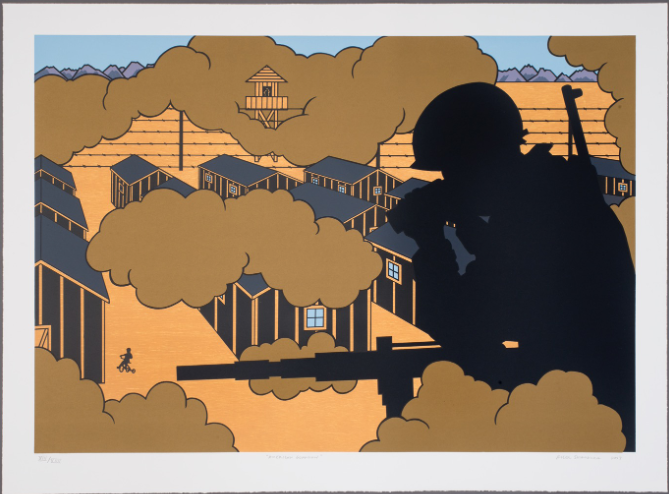Global Asias: Contemporary Asian and Asian American Art
Felicity House
By Dr. Chang Tan, Assistant Professor of Art History and Asian Studies at Penn State College of Arts and Architecture, and guest presenter at Felicity House’s Global Cultures Social, May 2022
As a part of the “Global Cultures” series and a way to celebrate the Asian American and Pacific Island Heritage Month, I had the pleasure of introducing Global Asias to the members of the Felicity House. I curated this exhibition in 2021; it will open at the Heckscher Museum of Art in June 2022. Featuring works of fifteen artists of Asian heritage, Global Asias showcases the cosmopolitan, playful, and subtly subversive characteristics of contemporary Asian and Asian American art.
The exhibition is divided into three thematic sections. Exuberant Forms features works that use traditional “Asian” craftsmanship, such as ceramics and papers kites, to make abstract art that are wildly inventive. Jun Kaneko exploits the uncontrolled qualities of the ancient raku ware to create explosive motions.
Jacob Hashimoto’s unique 3D printing techniques leads to dynamic and versatile designs. Moving Stories reflect on the experiences of migration, showing both the traumatic and the hopeful aspects of moving across borders. Roger Shimomura, for example, uses a cartoonish format to portray how his Japanese American family were sent to internment camps during WWII.
Hung Liu, meanwhile, uses three self-portraits to illustrate how she transitioned from a forced laborer in China to a proud citizen in the United States. Asias Reinvented highlights how Asian art and cultures engage contemporary global issues such as commercialism and climate change. Takashi Murakami’s Wink refers to the icon of a Buddha but also works as a toy, with Murakami’s signature three-eyed “Mr. DOB” and grinning sunflower designs that are both cute and creepy.
Manabu Ikeda’s Iceberg draws from his study of the 2012 nuclear meltdown in Fukushima, Japan but also suggests how fragile our world could be while facing natural disasters.
More information about the artwork can be found in this virtual tour. Organized at a time when anti-Asia racism in the U.S. was on the rise, Global Asias shows how diverse “Asia” is, and how it is tied to the rest of the world. The divide between peoples is often misplaced and illusionary. Art lays bare our shared fears and dreams, and help us map our entangled destinies ahead.






